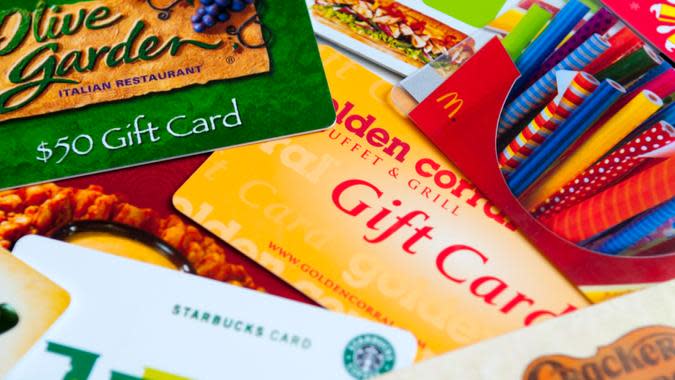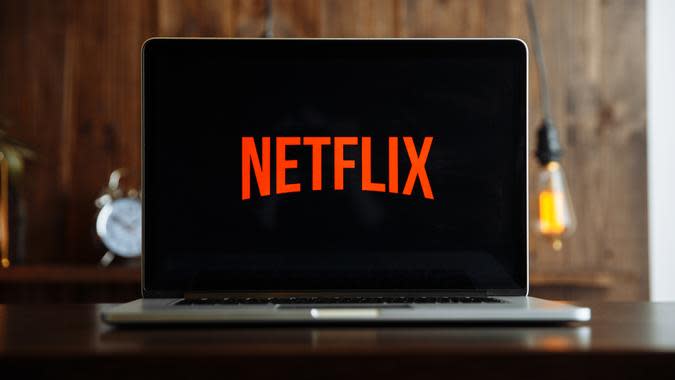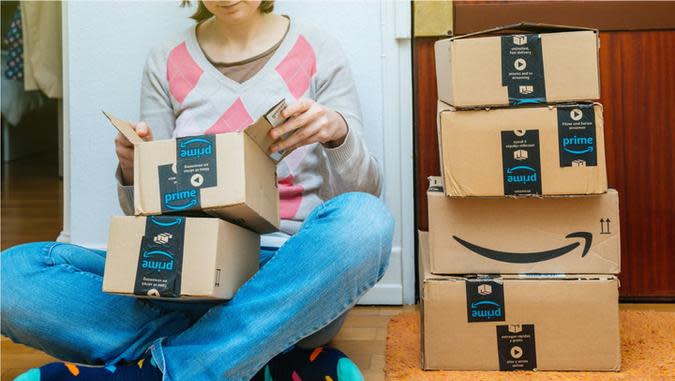10 Easy Ways To Save Money on Recurring Expenses

Amidst the COVID-19 pandemic, many people put everything from groceries and paper goods to alcoholic beverages on some form of automatic delivery. A recent study from Chase Bank showed that 55% of Americans have no idea how much they’re spending per month on recurring payments.
Find Out: 20 Ways To Pay Less at Costco
Read: 50 Ways You're Throwing Money Away
Now that vaccines are helping to reduce the spread of COVID-19, many people might be looking to reduce monthly expenses to free up spending for things like travel, eating out and going to the movies again.
As you get your finances in order for a post-pandemic world, follow these tips to decide what subscriptions to cut and how to avoid spending too much on monthly services in the future.
Last updated: Oct. 20, 2021

Clean Up Your Spending
Take the time to do a thorough check of your finances using a service like Trim or Truebill, which can help you find and cancel subscriptions you don’t use. You can also use the Chase Saved Account Manager, which shows you where your Chase credit or debit card information is stored, and which companies are charging monthly payments to the card.
Fo Alexander, certified personal finance educator and founder of Mama & Money, suggests that you can also suss out unnecessary subscriptions the old-fashioned way. “Pull your three most recent bank statements and go through each line to see where you can cut expenses. You’d be surprised by how much money is wasted on services that you don’t use.”
Once you’ve taken this initial step, she advises, stay on top of your budget to manage recurring finances faster. “Reviewing your budget weekly keeps your expenses top of mind. If you find that you're no longer using a certain subscription service, you can cancel it immediately as opposed to wasting money,” she says.
Budgeting 101: How To Create a Budget You Can Live With

Use the Same Card for All Your Subscription Services
Using the same card for all your recurring subscriptions can help you track spending, says Alex Miller, founder and CEO of travel website UpgradedPoints.com. “Set an alert every time a recurring charge goes through,” he says. “This way you can keep track of how much you’re spending.”
Learn More: 50 Ways To Live the Big Life on a Small Budget

Use Gift Cards To Pay For Subscriptions
Alexander suggests using gift cards to pay for subscriptions, so the money doesn’t come out of your weekly budget. “Many of us receive gift cards for birthdays or holidays,” she says. “Use those gift cards as the card on file for your subscription services.”
Using gift cards also makes it easy to track the subscriptions because when the funds are depleted on the card, you’ll need to log into your account and add a new card.
You can take that opportunity to evaluate if you still need or want the service. Even if you don’t receive gift cards from friends or family, you can purchase cards yourself to use for subscription services. You might even be able to cash in credit card rewards to buy the gift cards at a discount.
Cut Out Now: 35 Useless Expenses You Need To Slash From Your Budget Now

Cancel Gym Memberships or Fitness Subscriptions You Don’t Use
Nearly every expert we interviewed mentioned canceling gym subscriptions as an easy way to save money. With so many free, at-home workouts available, not to mention running, walking, hiking or cycling, a gym membership may be a luxury you don’t need. “You'll save money over time by canceling the membership subscription and finding ways to exercise at home or outside,” Alexander points out.
While you’re at it, take a look at any online fitness classes or health and fitness apps that you no longer need or use. You can find plenty of free videos on YouTube or streaming services to keep you moving, and Facebook is full of free fitness support communities to help you stay motivated.

Consider Meal Planning Instead of Pricey Food Service Subscriptions
Alexander notes that meal delivery companies might be a prime candidate to cut if you’re looking to save money. “Thought these meal delivery kits provide convenience, they could end up costing you more than traditional grocery shopping,” she says. “Consider meal planning and meal prepping each week, instead.”
Likewise, grocery or snack boxes that include an assortment of foods may not always have what you need for the week – especially if the service doesn’t include recipes. “Food boxes that you get delivered could mean some of the food or drink goes to waste,” says Donna Atanasova of myPOS.com, a fintech solutions provider. “Why not simply do weekly or monthly grocery shopping instead, selecting only what you need for a given period?”

Cut Beauty Box Subscriptions and Other “Convenience” Deliveries
“When it comes to beauty boxes, you may get excited to receive the first couple, but beauty products usually last longer than anticipated,” Atanasova adds, suggesting that you buy only what you need, instead.
Even if you don’t cancel your subscriptions for shaving products, make-up, or even Amazon Subscribe & Save household items, consider cutting back to less frequent deliveries. “You may not need these items delivered every month,” Atanasova points out.

Limit Yourself to One or Two Streaming Services
Nearly 40.2 million people cut the cord on cable in 2019, according to NoCable.org, saving more than $1,400 per year on cable TV. But you can save even more by minimizing your streaming services to one or two with shows you really love.
Nearly every expert we interviewed suggested streaming services as a top way to cut expenses. “Figure out what you use and how many hours you use it for,” Miller of UpgradedPoints.com suggests, pointing out that maybe you don’t need multiple streaming services.

Look for – and Cancel – Duplicate Subscriptions in Your Household
While you’re reviewing what you pay to stream music and video, make sure you aren’t paying for two subscriptions for your household when one will do.
At the same time, review your other subscriptions, including services like Amazon Prime, to make sure you aren’t paying for multiple accounts within your household. “Get the family versions of Prime, Netflix, Spotify, and others to share with your housemates and family rather than paying for them all individually,” says John Miller, Chief Operations Officer of the financial services firm Addition.

Stop Paying for Storage You Don’t Need
Whether it’s virtual storage like Dropbox or a physical storage unit, consider how much space you really need and reduce expenses by streamlining what you purchase. “How many files are you storing in Dropbox?” Miller ponders.
You might even be able to make some extra cash by selling items from your storage unit, which will allow you to downgrade to a smaller unit or even get rid of your storage unit rental payment all together.

Take the Extreme Route and Cancel It All for a Month
You can review a list of all your subscriptions and decide which ones you don’t need. Or you can take the extreme route and cancel virtually everything for a month, especially if you’re spending a lot of money on website subscriptions, mobile apps or streaming services that you can live without. “Consider cutting subscription services to see what you don’t use within a month,” Miller says. “If you miss it, add it back.”
More From GOBankingRates
Fourth Stimulus Checks Are Coming From These States — Is Yours on the List?
Here’s How Much You Need To Earn To Be ‘Rich’ in 23 Major Countries Around the World
This article originally appeared on GOBankingRates.com: 10 Easy Ways To Save Money on Recurring Expenses

 Yahoo Movies
Yahoo Movies 
